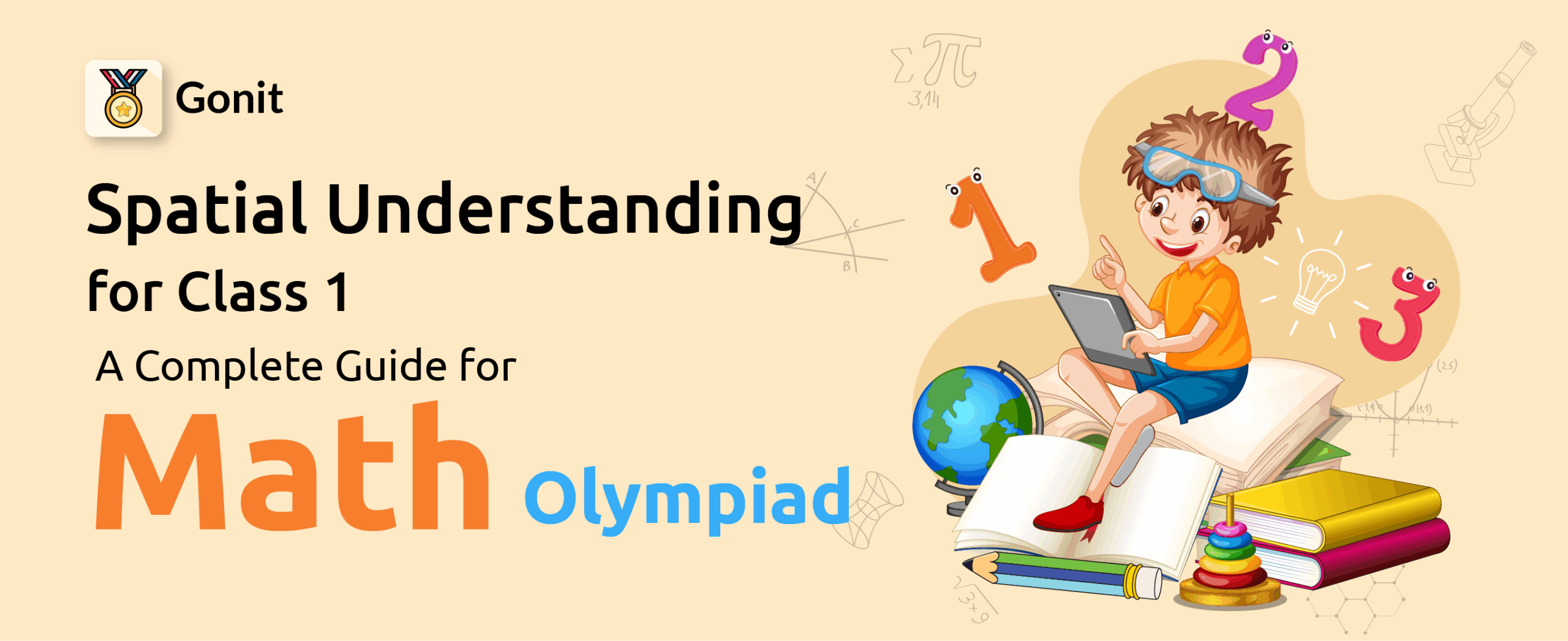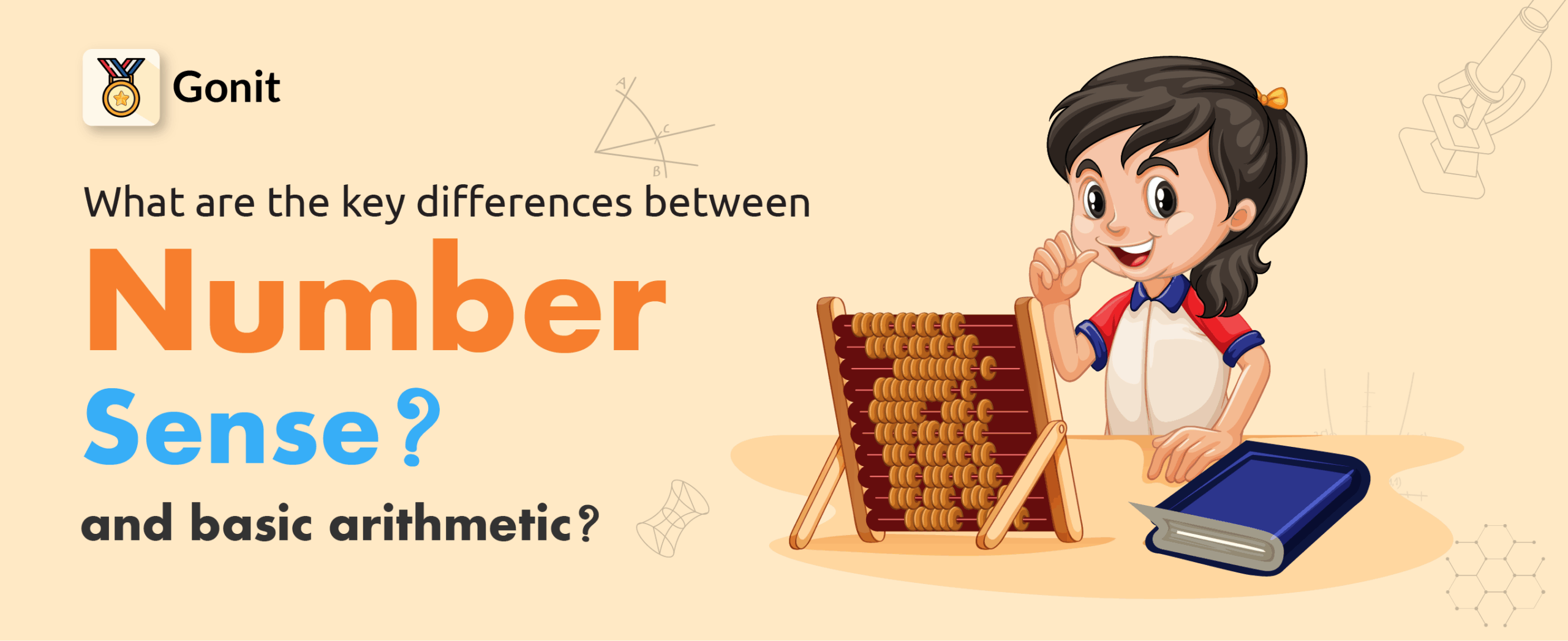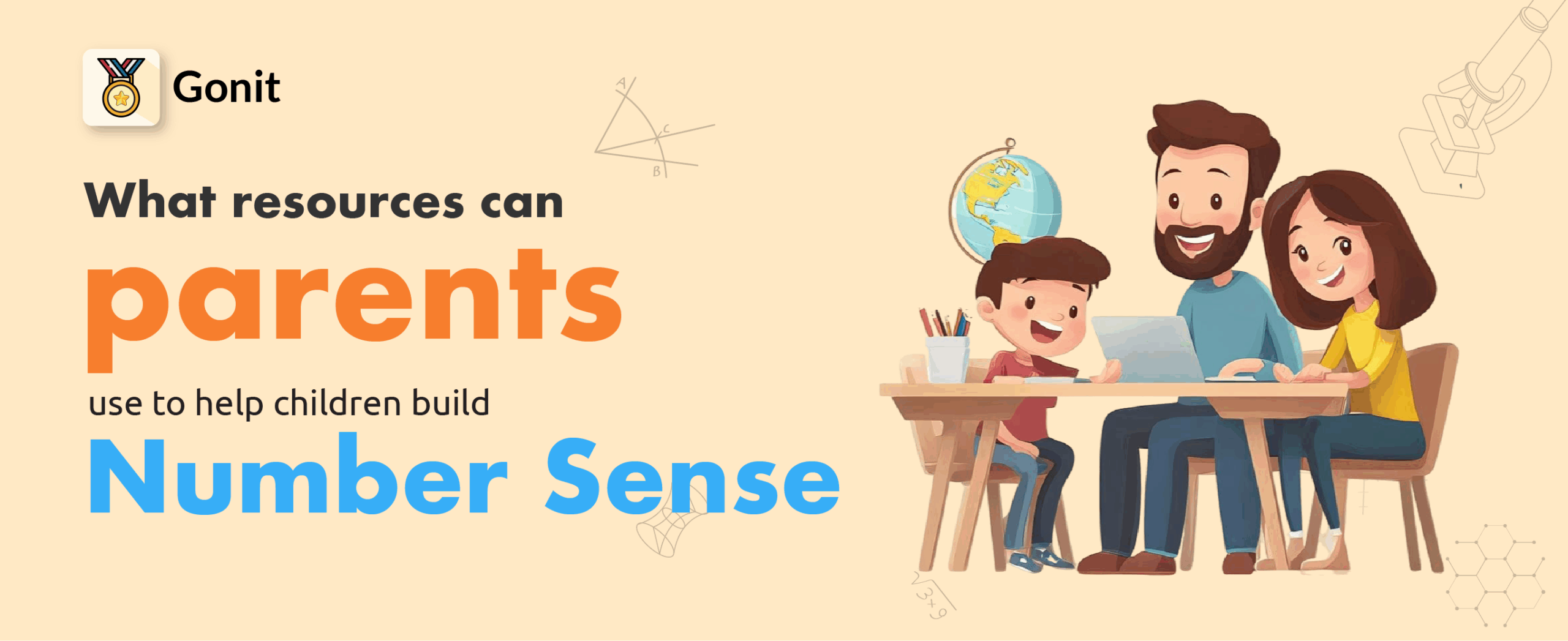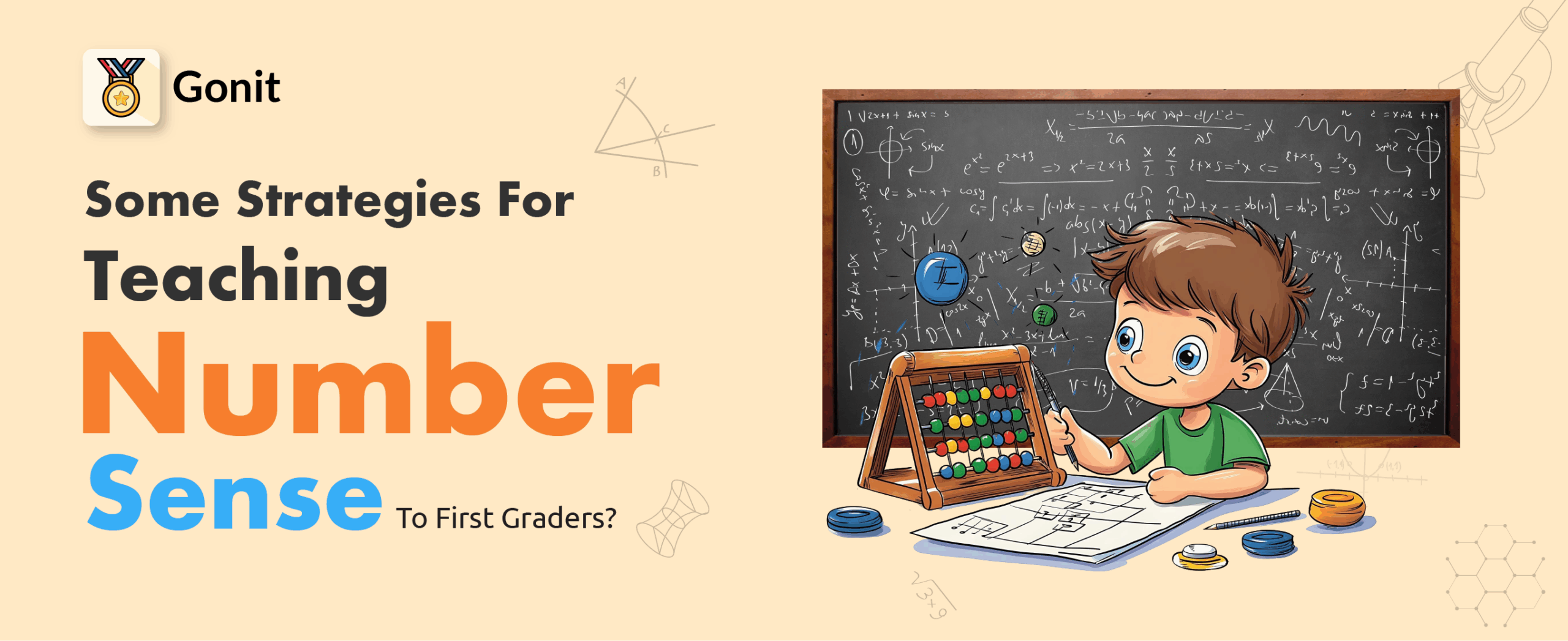Math in Class 1 isn’t just numbers—it’s also about how children understand space.
Everyday actions like putting shoes under the bed or sitting behind a chair build position and direction words.
Simple commands (“move left,” “look up”) strengthen spatial awareness and prepare kids for shapes, measurement, and problem-solving.
Games like Simon Says, puzzles, and toy-arranging make learning fun while boosting visual learning and spatial reasoning. With daily practice, children gain confidence—learning through play, not pressure.
Table of Contents
What is Spatial Understanding for kids?
Spatial understanding for Class 1 is the ability to recognize the position, direction, and relationship of objects and people.
By this stage, children use position words (on, under, behind, next to, between) and direction words (left, right, up, down, forward, backward) to describe their world.
These skills form the basis of spatial reasoning, which involves solving puzzles, arranging objects, and recognizing patterns through activities such as block play or shape sorting.
Here’s a simple description of the examples shown in the image:
- On – A teddy bear is placed on the table.
- Under – A boy is sitting under the table with a ball.
- In front – A boy is standing in front of a picture frame.
- Behind – A boy is standing behind a girl.
Key Concepts in Spatial Understanding for Class 1
Spatial understanding is a key early learning skill. For Class 1 students, it means using position and direction words, building spatial reasoning, and developing awareness of their body in space—skills that support math, problem-solving, and everyday activities.
1. Position (Placement and Location)
Position words describe where one object is compared to another. These are often taught through picture-based activities and classroom worksheets.
- On and Under: “The cat is on the sofa.” / “The shoes are under the bed.”
- In Front and Behind: “Stand in front of the board.” / “The bag is behind the chair.”
- Next to and Between: “Sit next to your friend.” / “Sita is between two classmates.”
- Near and Far: “The rabbit is near the tree.” / “The squirrel is far from the tree.”
- Above and Below: “The fan is above the table.” / “The mat is below the chair.”
- Inside and Outside: “The ball is inside the box.” / “The dog is outside the house.”
- Before and After: Understanding sequence in time or space—like brushing teeth before sleeping.
These position words (keywords: placement, location, object position) are essential building blocks in early childhood education.
2. Direction (Movement and Orientation)
Direction tells us the way something moves or is placed. It supports spatial awareness, following instructions, and safe navigation.
Types of basic directions taught in Class 1:
- Left and Right: “Raise your right hand.” / “The ball is on your left side.”
- Forward and Backward: “Step forward two times.” / “Move backward slowly.”
- Up and Down: “Look up at the sky.” / “Sit down on the chair.”
- Front and Back: “Stand in front of the board.” / “The bag is at the back of the chair.”
By practicing direction words (orientation, movement, path), children develop confidence in both classroom and real-life settings.
3. Spatial Reasoning (Thinking with Objects)
Spatial reasoning is the ability to imagine how objects look, move, or fit together. It is sometimes called visual reasoning or arrangement thinking, and it strengthens problem-solving skills.
Examples for kids:
- Jigsaw puzzles: Thinking about which piece fits where.
- Building blocks: Figuring out how to stack blocks without falling.
- Tangrams or shape puzzles: Visualizing how shapes combine to make pictures.
These activities support cognitive development, logical thinking, and creative play.
4. Spatial Awareness (Body in Space)
Spatial awareness means knowing where your own body is in relation to objects and people. It’s about understanding personal space, avoiding collisions, and moving confidently.
Examples:
- Standing behind a desk
- Sitting between two friends
- Running in the playground without bumping into others
- Stretching arms without hitting someone nearby
This skill links to body awareness, orientation skills, and safe movement—important in both classroom learning and everyday life.
Spatial Vocabulary and Core Concepts for Class 1
Spatial understanding in Class 1 builds the foundation for awareness, reasoning, and problem-solving. By learning position and direction words, children describe where things are and how they move. Worksheets, pictures, and games make this skill fun, meaningful, and useful for math and everyday life.
Positional Words: Making Sense of Where Things Are
Positional words (also called placement words or prepositions for kids) are key to describing the location of objects. They help children express spatial relationships in a clear way.
- On → Describes when something rests upon another. Example: “The cat is on the mat.
- Under → Refers to being below. Example: “The shoes are under the bed.”
- Inside → Indicates something is enclosed. Example: “The cookies are inside the jar.”
- Outside → The opposite of inside. Example: “We played outside the house.”
- Above → Higher but not touching. Example: “The bird is flying above the tree.”
- Below → Lower than something else. Example: “The river flows below the bridge.”
- Near → Close in distance. Example: “The school is near the park.”
- Far → Opposite of near. Example: “The mountain is far from our town.”
These position words appear frequently in classroom instructions (sit behind, stand next to, place your book on the desk) and in home practice activities with toys and objects.
Directional Words: Navigating Space and Movement
Direction words are essential for orientation and navigation. They help students follow instructions, understand movement, and develop spatial reasoning.
- Up / Down → Moving vertically. “Climb up the stairs, walk down the hill.”
- Forward / Backward → Moving ahead or behind. “Step forward two spaces, move backward one step.”
- Left / Right → Core to navigation and awareness. “Hold the ball in your left hand.”
- Front / Behind → Orientation in space. “The dog is hiding behind the curtain.”
Teachers often use picture-based worksheets for spatial reasoning to reinforce these terms, making learning visual and engaging.
Size and Measurement: Comparing the World Around Us
Spatial concepts also include comparing size, length, and height — early math skills that children use daily.
- Bigger / Smaller → “An elephant is bigger than a dog.”
- Longer / Shorter → “This pencil is longer than that one.”
- Taller / Shorter → “The tree is taller than the house.”
These early learning skills strengthen visual learning and prepare kids for math worksheets in higher grades.
Temporal Positioning: Sequencing in Time
Spatial awareness also links with temporal words that describe sequence and order.
- Before → “We brush our teeth before bed.”
- After → “We eat lunch after school.”
Such spatial awareness activities connect location, direction, and sequence, creating a complete foundation for cognitive development in early childhood.
Difference Between Position and Direction for Class 1
| Aspect | Position | Direction |
| Meaning | Where an object is located | The way an object is moving or facing |
| Examples of Words | On, under, above, below, next to, between | Left, right, forward, backward, up, down |
| Question it answers | Where is it? | Which way to go? |
| Example Sentence | “The ball is under the table.” | “The boy walked to the right.” |
| Focus | Placement / location | Movement / orientation |
How Children Learn Spatial Understanding: A Parent & Teacher Guide
Spatial understanding is more than knowing where objects are—it’s the base for position words, direction words, spatial reasoning, and spatial awareness.
For Class 1 students, these skills support math, problem-solving, and daily life. Parents and teachers together can build this through classroom activities, picture-based worksheets, and home practice.
Building Spatial Awareness at Home
1. Use Position Words in Daily Life
Turn routines into lessons:
- “Put your shoes under the bed.”
- “Place the teddy bear next to the car.”
This connects object placement with vocabulary and strengthens positional understanding.
2. Encourage Building with Toys
Blocks, LEGOs, or cups help kids explore spatial reasoning:
- “Put the red block on top of the green one.”
Such activities build visual learning and planning skills.
3. Play Direction Games
Games make learning fun:
- Simon Says: “Stand behind the chair.”
- Treasure Hunt: “Look between the sofa and the table.”
These improve listening, body awareness, and memory.
4. Offer Puzzles and Drawing
Jigsaw puzzles, tangrams, or drawing a bedroom map boost pattern recognition and help move from physical space to mental representation.
5. Observe Everyday Spaces
Simple real-life cues reinforce awareness:
- “The park is across from the school.”
- “The apples are in front of the bananas.”
Strengthening Spatial Skills in the Classroom
1. Create a Spatial Learning Environment
Teachers can set up puzzle corners, block stations, or obstacle courses so spatial understanding for Class 1 feels hands-on and fun.
2. Reinforce Spatial Vocabulary Daily
Commands like:
- “Keep your bag under the desk.”
- “Stand next to your friend.”
Make direction words natural for students.
3. Use Movement-Based Activities
- Obstacle Course: “Crawl under the rope, jump over the box.”
- Map Game: “Where is the teacher’s desk?”
This links movement with spatial awareness.
4. Add Visual Aids
Flashcards, arrows, and picture worksheets help kids master terms like on, under, in front, behind through visual learning.
5. Integrate Across Subjects
- Math: Arrange shapes by position.
- Science: Observe movement and direction.
- Language: Write sentences with “next to” or “behind.”
Spatial awareness becomes a cross-subject skill.
6. Assess Through Play
Rather than tests, observe:
- “Turn left.”
- “Sit between your friends.”
- Solve a puzzle or arrange classroom items.
This play-based assessment gives real insights.
Once your child gains confidence in visual reasoning, you can also explore geometrical shapes for Grade 1 to strengthen shape recognition. Students can even join free online Math Olympiad training to practice visual and logical problems.
Practical Activities to Teach Spatial Understanding in Class 1
- Hands-on Activities – Use blocks, puzzles, and toys:
- Place a toy under the chair.
- Move a block behind the table.
- Stand next to a friend.
- Visual Aids & Worksheets – Picture-based worksheets and diagrams simplify position and direction for Grade 1. Regular Class 1 worksheets build early learning skills.
- Real-Life Practice – Apply skills daily:
- Put shoes under the bed.
- Place a book on the table.
- Sit next to a sibling.
- Make Learning Fun with Games –
- “Simon Says” for left/right, up/down.
- “Treasure Hunt” for near/far, behind/in front.
- Gonit’s spatial challenges for gamified practice.
- Practice with the Gonit App – Interactive worksheets, spatial reasoning questions with answers, and picture-based activities make learning playful. Kids practice direction words, spatial reasoning, and object placement in a stress-free way.
To take your understanding of space and logic further, try solving some Math Olympiad-style questions for beginners. For international exposure later, learn about how to qualify for the International Mathematical Olympiad (IMO).”
Conclusion: Building Spatial Understanding in Class 1
Spatial understanding in Class 1 helps kids use position words and direction words in daily life. Through worksheets, classroom activities, games, and home practice, children build spatial reasoning, awareness, and visual learning skills that prepare them for math, problem-solving, and everyday confidence.







